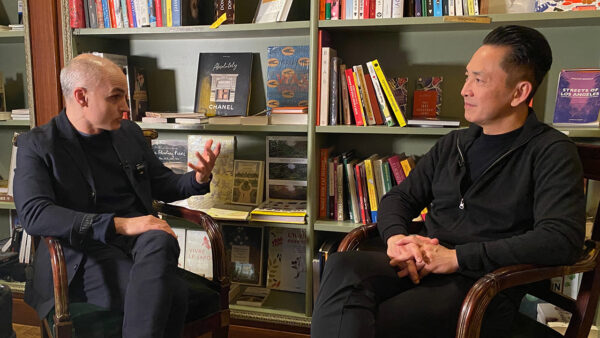
Epic ways to teach forensic science
April 18, 2023
Welcome to part two of the series Incorporating Project-Based Learning into STEM curriculum, Superhero! Part one focused on integrating science and art through pipetting, while part two focuses on a project that strengthens critical analysis skills with the help of forensic science.
Are you ready to figure out whodunnit?
Introducing students to forensic science
It is nearly impossible to escape the True Crime genre due to its ever growing popularity, so I was surprised to learn some of my students were not familiar with the term “forensics.” Follow these steps to introduce students at home or in the classroom to the study of forensic science.
First, I ask my students to complete an interactive warm-up activity like this one, and then we discuss what they’ve learned afterwards.
Next, I use this nearpod to discuss crime scene basics, including crime scene vocabulary, types of evidence and how to properly conduct a crime scene investigation. I then use the mock crime scene photo to test my students’ observational skills. They have 15 seconds to find as many pieces of evidence as possible in the fake crime scene photo. How many pieces of evidence will your students find?
Engaging activities bring forensics into the classroom
I teach forensics as part of my Biotechnology course, so DNA fingerprinting is the perfect way to have my students practice polymerase chain reaction (PCR) and gel electrophoresis techniques. Enhance your students’ understanding of these concepts with interactive websites like this one.
DNA fingerprinting kits can be expensive, especially if you have a large class and a not-so-large budget. Students can use this free virtual lab to learn about the PCR and gel electrophoresis protocol, and then assess their understanding by interpreting gels like these.
Forensic Files Friday is a student-favorite! Each Friday, we watch an episode of Forensic Files that ties directly into the concepts we learned that week. Students complete this worksheet while watching the episode, and we discuss the case once the show ends. As if my students needed another reason to love Fridays!
Integrating art, history and science
Interdisciplinary learning experiences encourage students to use multiple perspectives to better understand core concepts and develop analytical skills.
I introduce the final project in forensics by first discussing the Mother of Forensics, Frances Glessner Lee and her “Nutshell Studies of Unexplained Death.” Beginning in the 1940s, Lee created these miniature crime scenes to train homicide detectives to “convict the guilty, clear the innocent and find the truth in a nutshell.” These dioramas revolutionized crime scene investigation in the early 20th century and continue to do so today.
My students drew inspiration from Lee to create their own crime scene scenario, and we reviewed the scenario together to make sure it is school-appropriate. The students then used the crime scene scenarios they created and a modified version of this project description to create their own crime scene dioramas.
Can your students figure out whodunnit? What are other fun ways to teach them about forensics? Let us know at @ArizonaEducator on Twitter or Arizona PBS KIDS on Facebook!
Review the other articles in our series on Project-Based Learning for STEM curriculum:
- 3 steps to integrate art and science to teach pipette skills
- Teaching genetics: A debate-based classroom activity
About the author
Ashley Burkart is a Senior STEM Teacher at Bioscience High School in Phoenix. STEM research was her first passion as she holds a Masters in Biomedical Science from Midwestern University. When she isn’t teaching tomorrow’s leaders, she is either hanging out with her dogs, Raven and Bailey, or hiking the beautiful mountains of Arizona.




















